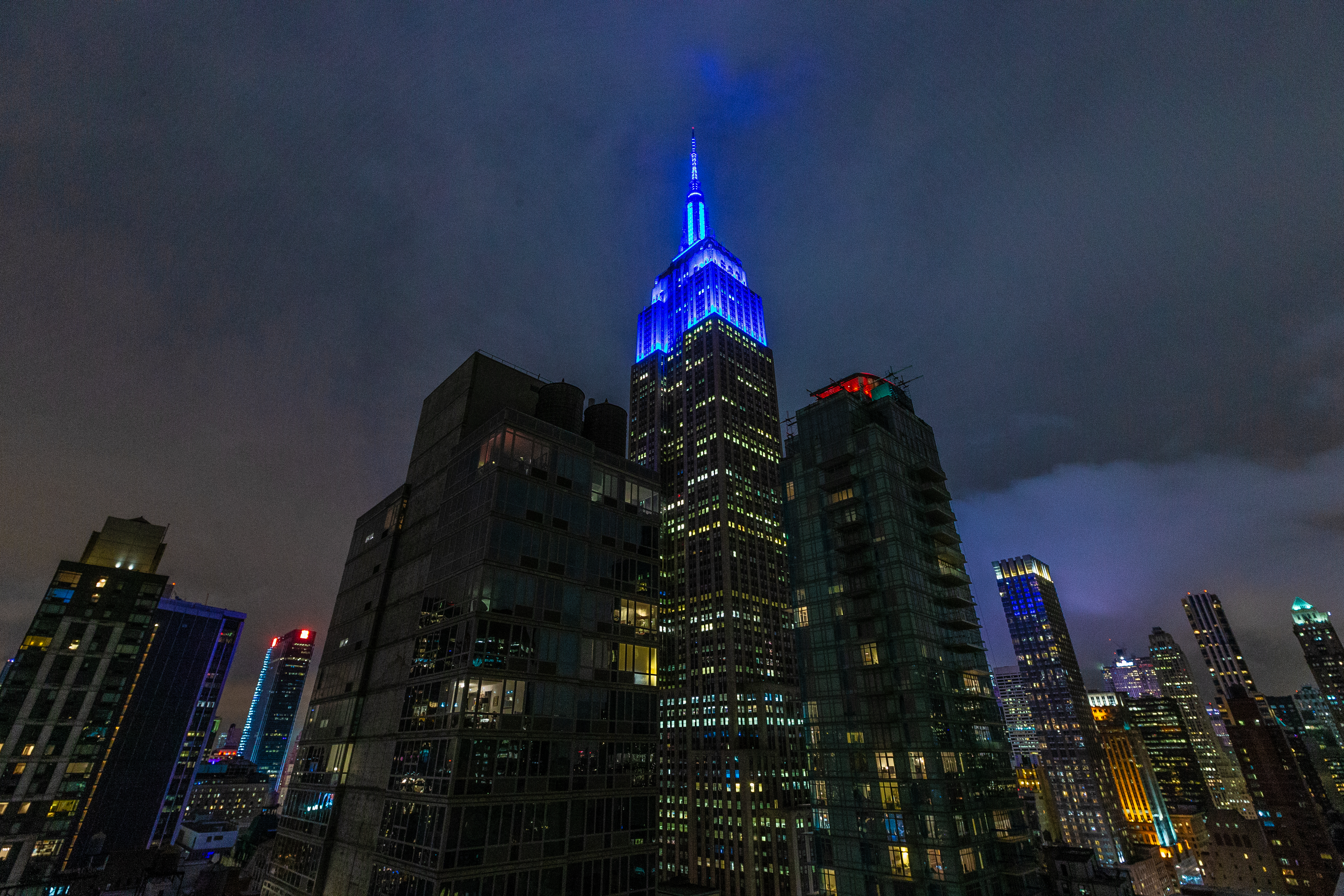 Thousands of first responders, workers, volunteers and local residents involved in the rescue and cleanup of the World Trade Center site, along with workers at the Staten Island landfill where wreckage was taken, are left a decade later with a range of physical and psychological ailments.
Thousands of first responders, workers, volunteers and local residents involved in the rescue and cleanup of the World Trade Center site, along with workers at the Staten Island landfill where wreckage was taken, are left a decade later with a range of physical and psychological ailments.
Respiratory illnesses were among the earliest and most prominent health effects — including the most common one, known as the "World Trade Center cough."
Today, doctors understand World Trade Center cough to be more than just a cough. Best characterized by asthma and/or bronchitis-like symptoms such as persistent coughing, wheezing and breathlessness, it also often includes acid reflux and nasal congestion.
For many people, it has become a chronic respiratory illness that requires long-term treatment to manage.
The name of the disease was first coined by Dr. David Prezant, medical director of the New York City Fire Department, in a Sept. 12, 2002, study in the New England Journal of Medicine. In it, he and his colleagues reported that firefighters who had worked at the World Trade Center site within the first three days of Sept. 11 were most likely to display these symptoms, no doubt from massive exposure to a variety of toxic chemicals. Those who required at least four consecutive weeks of medical leave as a result of the sickness were diagnosed with World Trade Center cough.
One need not look much further than the contents of the dust left behind by the fallen buildings to understand why 90% of New York City firefighters working at the site in the 48 hours after the attack complained of cough symptoms: nearly 24,000 gallons of combusting jet fuel and the burning, pulverized buildings created a massive smoke plume and dust cloud that blanketed the region.
Cement, glass fibers, asbestos and a host of toxic chemicals from the collapsed buildings created a mix of environmental pollutants and carcinogens such as polycyclic aromatic hydrocarbons (PAHs), dioxins and volatile organic compounds. Fires continued to burn below and above ground for months, further exposing workers to noxious chemicals.





 Warner Bros Discovery is poised to tell shareholders to reject Paramount’s $108bn (£81bn) hostile bid, according...
Warner Bros Discovery is poised to tell shareholders to reject Paramount’s $108bn (£81bn) hostile bid, according... Twenty-four years after Sept. 11, 2001, Americans remember the nearly 3,000 lives in the terror attacks...
Twenty-four years after Sept. 11, 2001, Americans remember the nearly 3,000 lives in the terror attacks...






























